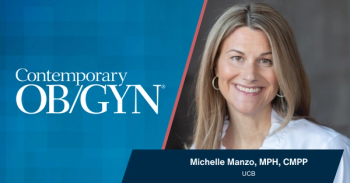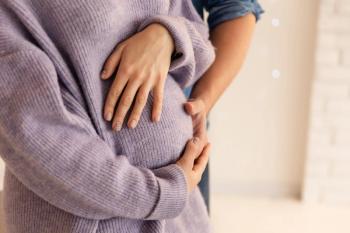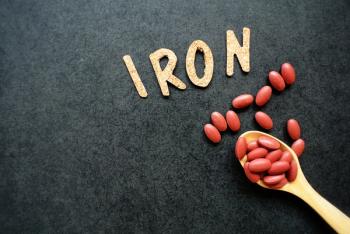
Most women unfamiliar with stroke warning signs
Although stroke is the number-3 cause of death in women, a recent study presented at the American Heart Association’s (AHA) Epidemiology and Prevention/Nutrition, Physical Activity, and Metabolism 2014 Scientific Sessions indicates that many US women are unfamiliar with the warning signs of a stroke.
Although stroke is the number-3 cause of death in women, a recent study presented at the American Heart Association’s (AHA) Epidemiology and Prevention/Nutrition, Physical Activity, and Metabolism 2014 Scientific Sessions indicates that many US women are unfamiliar with the warning signs of a stroke.
Researchers at the New York-Presbyterian Hospital/Columbia University Medical Center used an AHA survey conducted by telephone in 2012 among English-speaking women in the United States who were identified through random-digit dialing (n = 1205). Fifty-four percent of the cohort were white; 17% were black; 17% were Hispanic; and 12% were considered “other.” Each woman was asked standardized, open-ended questions about her knowledge of stroke warning signs and what she should do if she experienced any stroke warning sign.
Roughly half of the surveyed women (51%), with no variation seen across race/ethnic groups, identified sudden weakness/numbness of face/limb on 1 side as a potential sign of stroke. Loss of speech or trouble talking/understanding speech was identified as a warning sign by 44% of the women; white women identified the sign more frequently than their Hispanic counterparts (48% vs 36%; P<0.05). Fewer than a quarter of the women were able to identify sudden severe headache (23%), unexplained dizziness (20%), or sudden dimness/loss of vision (18%) as warning signs of stroke. Twenty percent of the respondents were unable to identify any stroke warning sign. A majority of the women (84%) said that they knew to call 911 if they knew they were experiencing a stroke warning sign. This remained true when broken down to race/ethnic groups: black (86%), Hispanic (79%), and white/other (85%).
The study authors urged more public awareness campaigns on stroke and more education for healthcare providers on the warning signs of stroke.
Mochari-greenberger H, Towfighi A, Mosca L. National Women’s Knowledge of Stroke Warning Signs, Overall and by Race/Ethnic Group. Stroke. 2014; (ePub ahead of print).
Newsletter
Get the latest clinical updates, case studies, and expert commentary in obstetric and gynecologic care. Sign up now to stay informed.










